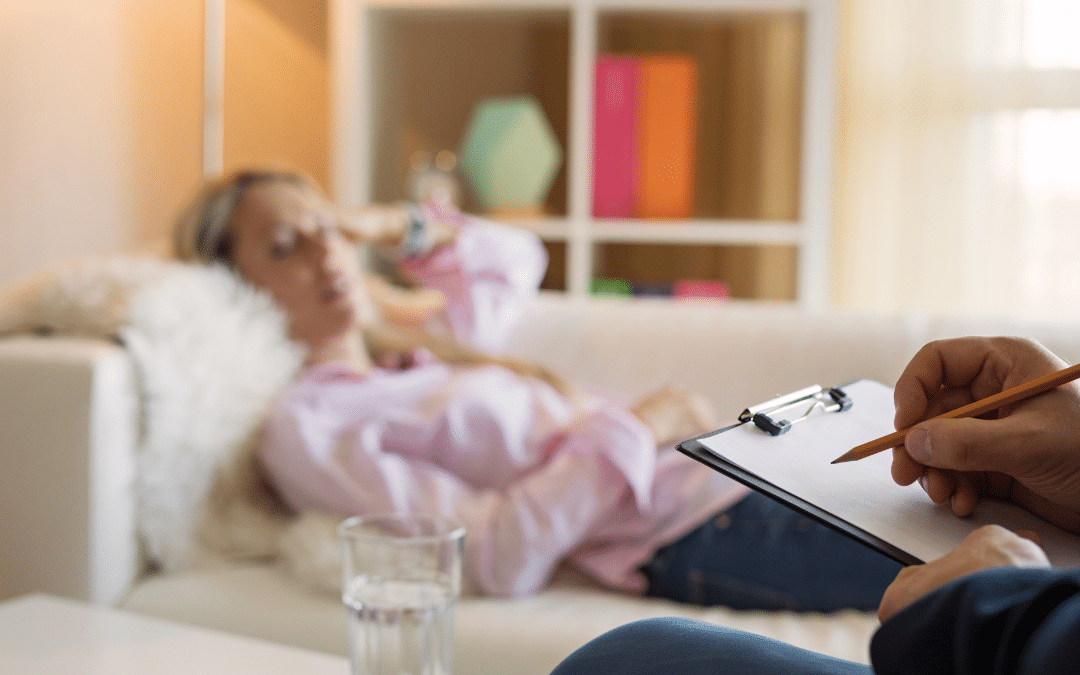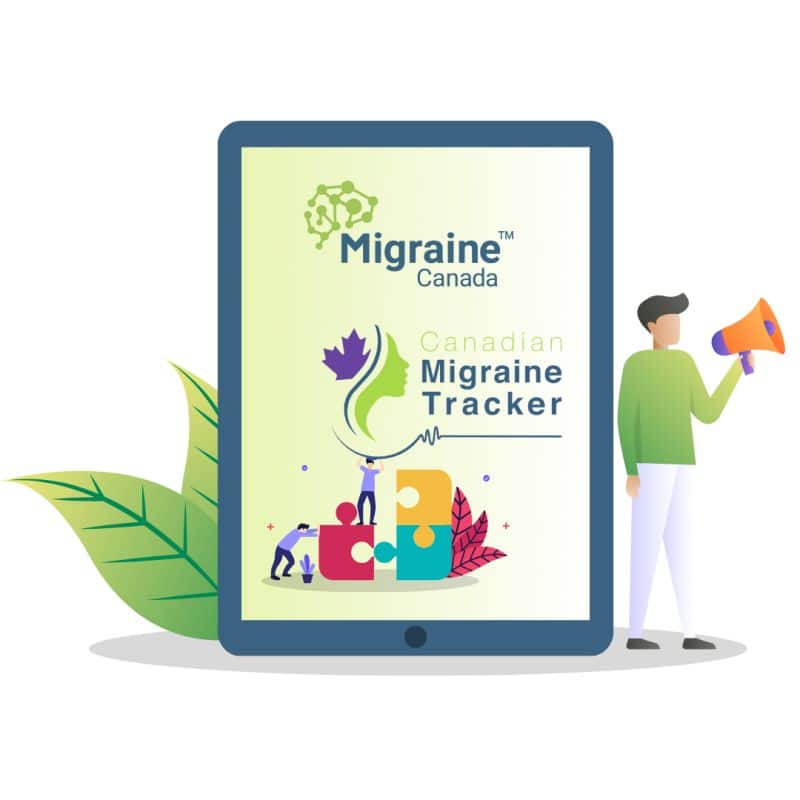Discover how medical hypnosis could be a promising treatment for migraine. Drawing insights from the graduation essay of Dr. Séverine Debiais, a Hospital Practitioner in Neurology at CHRU de Tours, titled “Hypnose et Neurologie: état des lieux en 2018, ou Petit manuel de survie à l’usage des neurologues souhaitant pratiquer l’hypnose” (Paris VI, 2017-2018), this article examines how hypnosis may aid in managing migraine symptoms by enhancing emotional control and reducing stress. Learn about the benefits, recent studies, and how hypnosis might complement your migraine management plan.
What is medical hypnosis?
According to Milton Erickson, a renowned American physician who developed the practice of hypnosis in the 20th century, medical hypnosis aims, within a care relationship, to “help patients reach an understanding that allows them to abandon some common limitations of their everyday vision and achieve a more receptive state for the new and creative aspects within themselves.” Hypnosis is an active, consenting approach where patients do not lose control but instead use their imagination to achieve their defined goals. Medical hypnosis is a therapeutic tool, useful in neurology and many other specialties (pain, anesthesia, obstetrics, psychiatry). It should be used wisely by practitioners already knowledgeable in relevant pathologies and neurological issues.
What are the benefits of hypnosis for the treatment of migraine?
Migraine is a condition at the intersection of biology and psychology, as emotional factors act as strong triggers. Hypnosis can help individuals with migraine by putting their predisposition to trigger migraine attacks into “sleep mode,” particularly through better emotional control. Many people with migraine, especially those with the most severe and debilitating migraine, lack filters and an “excitation barrier.” Their resources are quickly drained, and their tolerance for stress and change is insufficient. As Anita Violon, a Belgian psychologist specializing in migraine therapy, states: “Like tireless sentries, migraine sufferers capture nonstop what comes from their environment and feel bombarded to saturation, as if they are missing essential filters that would allow them to distinguish between what is incidental and essential, trivial and unknown. Everything affects and penetrates them.”
As a result, using stress management, relaxation, and integrated hypnosis methods to prevent migraine attacks makes perfect sense. These methods protect patients by providing them with understanding and control. Medical hypnosis can help reduce muscular tension, fatigue, and emotional overload and can be practiced at home with autohypnosis. It is a brief therapy, one of many available “brief therapies,” and its benefits can be observed in the long run. In practice, the patient will attend 3 to 6 sessions of 30 to 45 minutes and will also learn autohypnosis for independent use at home.
Are there any examples of hypnosis sessions for people with migraine?
One of the few recent clinical studies on the benefits of hypnosis for treating migraine was conducted by Anita Violon and presented at the Groupe d’Étude pour les Applications Médicales de l’Hypnose meeting in Paris in 2000. This study analyzed data from twenty-six individuals with severe migraine who did not respond positively or consistently to conventional treatments and who were willing to try hypnosis therapy.
Some examples of techniques that could have been used during hypnosis sessions with acute migraine patients include: “switching off” the environment, suggestions for achieving a state of relaxation, inducing feelings of relaxation, warming the hands, cooling the head, evacuating stressors, reducing heart rate, and promoting feelings of protection and security —all reinforced through autohypnosis. Anita Violon describes this process as agricultural hypnosis. First, you must “prepare the ground” by identifying the abuses and excesses endured by those with acute migraines. Next, you “turn over preconceived ideas” by “enriching experiences into wellness.” Then, “seeds of kind words” are planted by creating safe places or “personal sanctuaries,” which can germinate and grow. Finally, the process is “watered” through autohypnosis, culminating in the “harvest” of the individual’s well-being. This entire process typically spans over a dozen sessions.
Among the 26 participants who underwent the treatment, 27% reported the disappearance of migraine attacks after a few sessions, and a 50% reduction in attack frequency was observed in 35% of the patients.
For further information, see the methodology called “Ne rien faire” by Quebec psychologist Gaston Brosseau.
What is autohypnosis?
Autohypnosis can be defined as the ability or skill developed by a person to enter into a hypnotic trance autonomously. After a few hypnosis sessions with a therapist, it becomes possible to recreate the benefits of the hypnotic state independently. These techniques, similar to meditation, allow individuals to continue the therapeutic work initiated during sessions or to return to a state of deep ease and relaxation as needed. Achieving this heightened state of consciousness enables introspection and makes it easier to achieve personal goals. However, the primary benefits of hypnotherapy primarily stem from the unique relationship between the patient and therapist, which autohypnosis alone cannot replace.
Conclusion
Migraine therapies, including non-medicated approaches like hypnosis, can be beneficial for migraine patients, helping them better manage their condition and enhance their quality of life. It’s important to have realistic expectations of hypnosis—it won’t cure migraine but can effectively reduce symptoms and their impact on daily life. Patient involvement is crucial, especially with autohypnosis; it relies on the patient’s motivation and can significantly contribute to improvement. It is also important for patients to understand from the beginning that hypnosis does not involve losing control but rather facilitates regaining it.
References:
- Laure Bordenave et Adrian Chaboche, Hypnose et auto-hypnose, Comment faire de son inconscient un allié pour sa santé et son bien-être. Editeur Josette Lyon 2018
- Constance Flamand Roze. Le corps est le seul langage qui ne ment pas : 25 histoires d’hypnose. Editeur Les Arènes 2018
- Hypnosis, explained by D. Corydon Hammond, American psychologist specialized in clinical hypnosis (in English)
- Anita Violon. L’apport de l’hypnose dans le traitement de la migraine. Rev Med Suisse 2001; volume 3, en ligne: https://www.revmed.ch/RMS/2001/RMS-2356/21549
- See also the online site of Gaston Brosseau, famous Quebec psychologist specialized in hypnosis: http://www.gastonbrosseau.com
Post #2026



